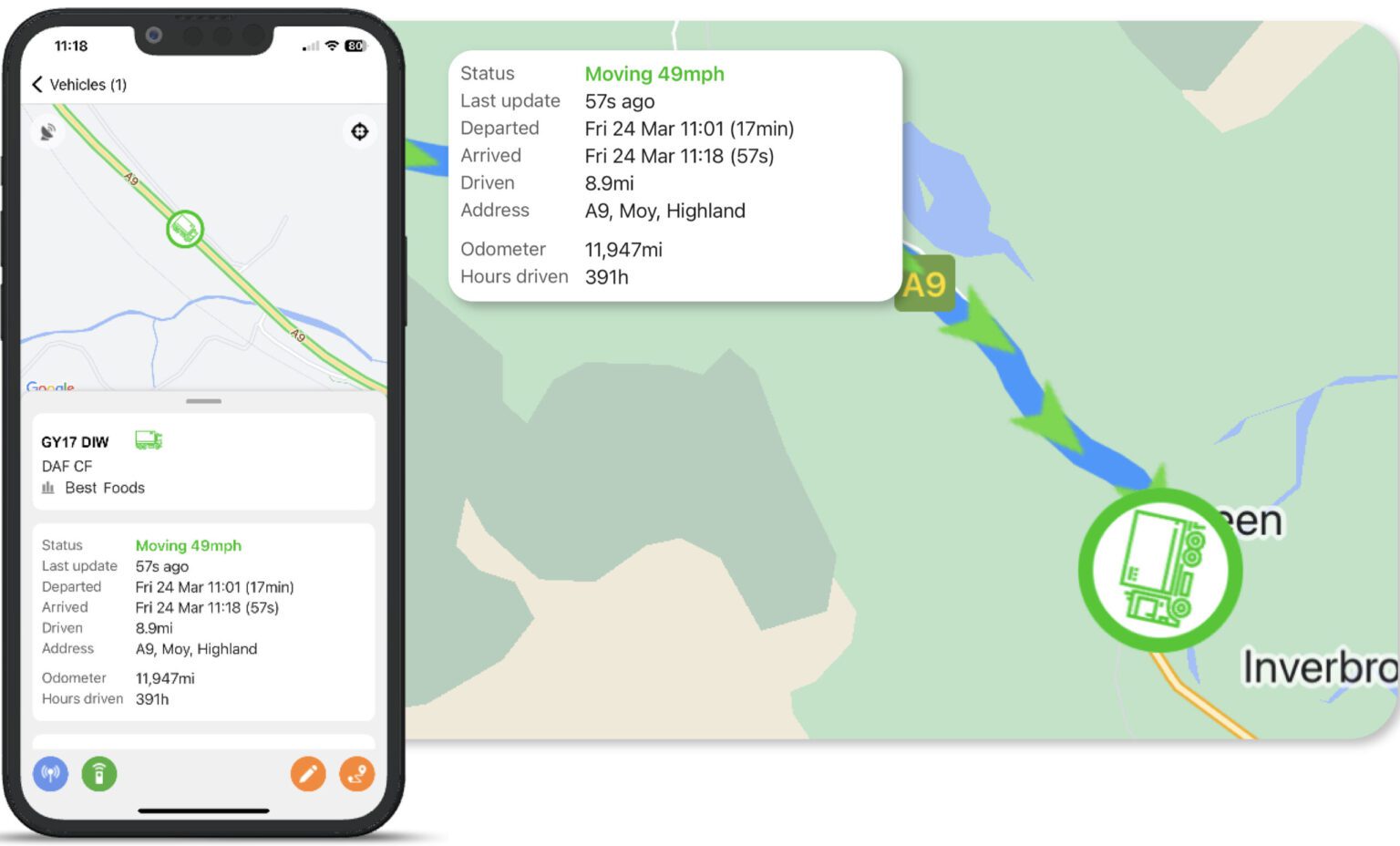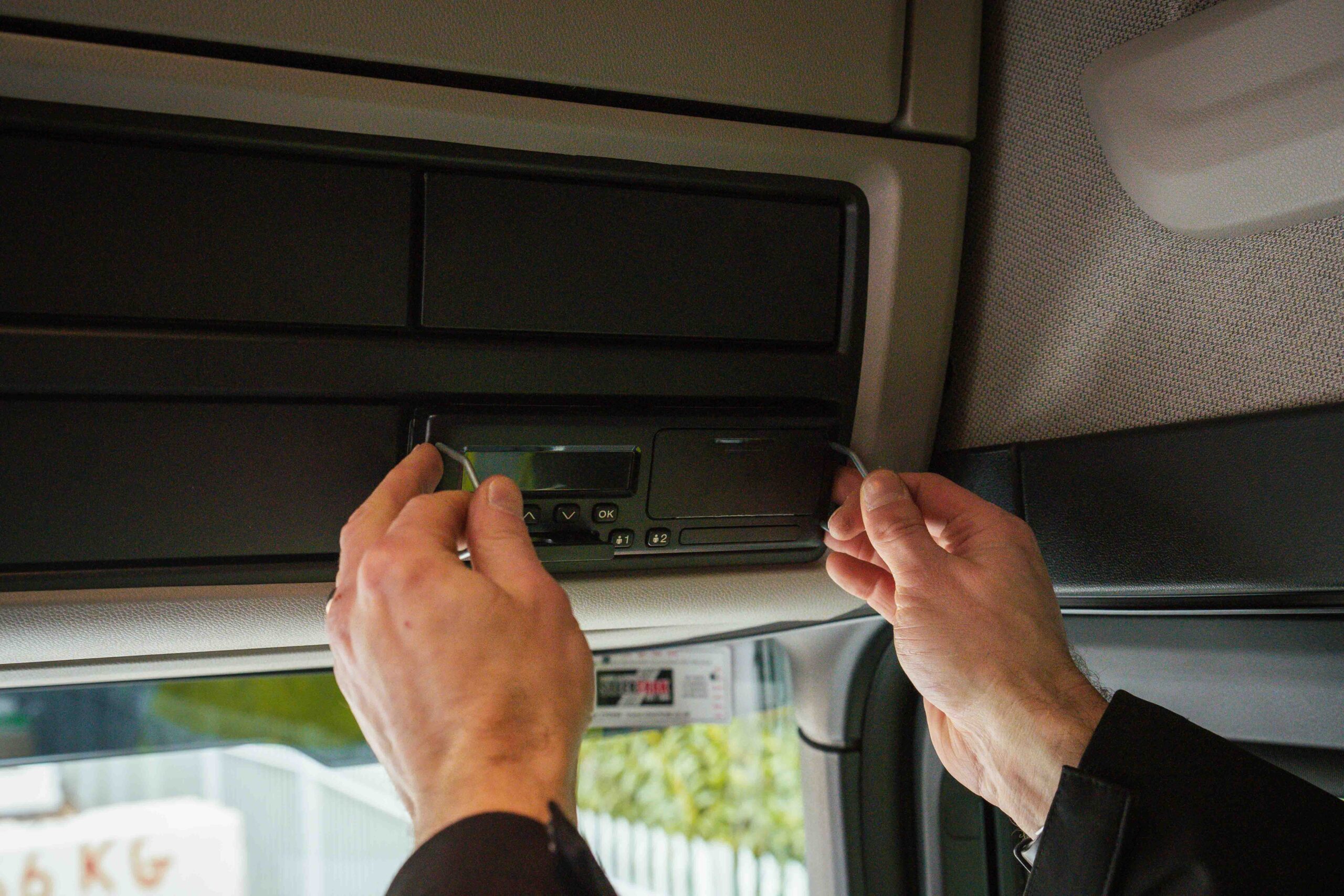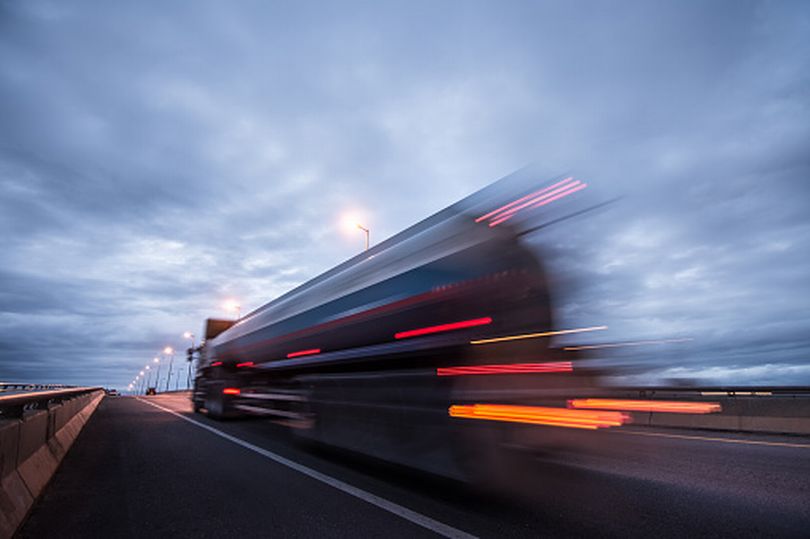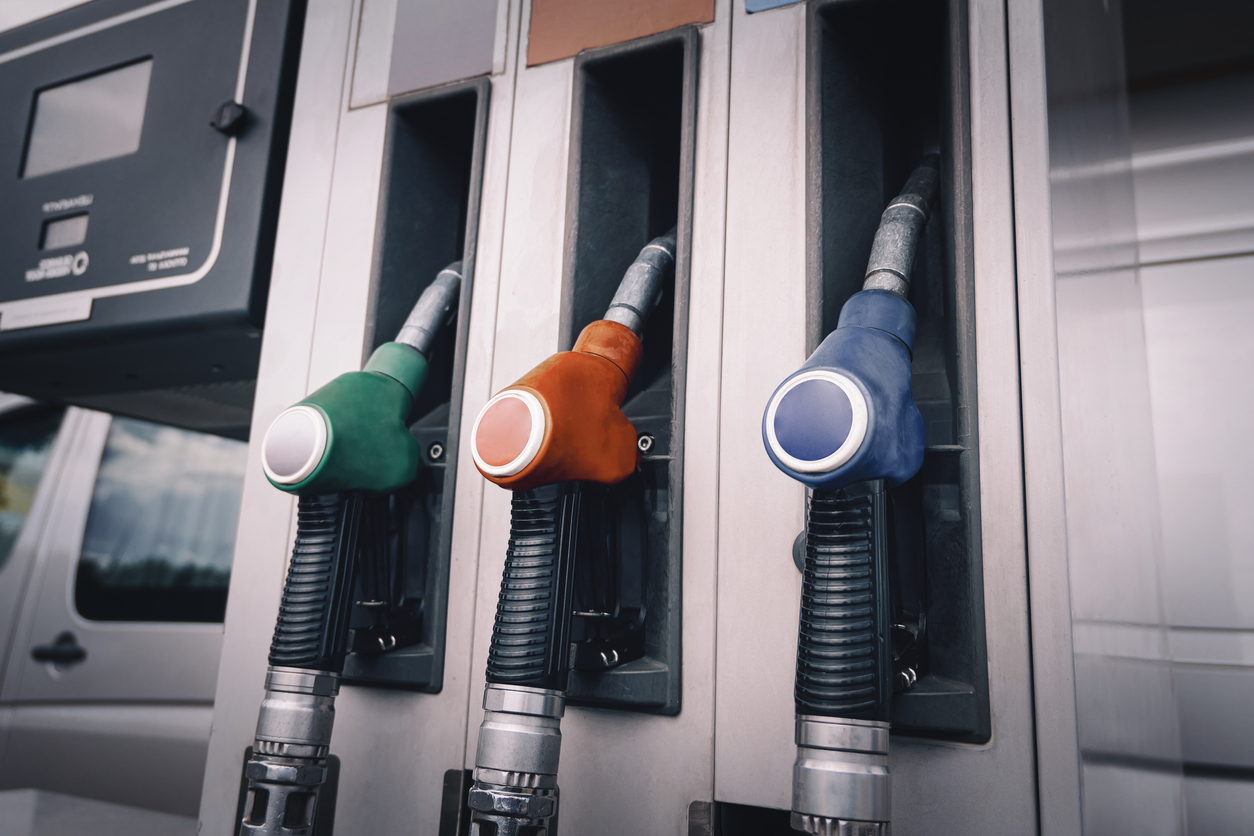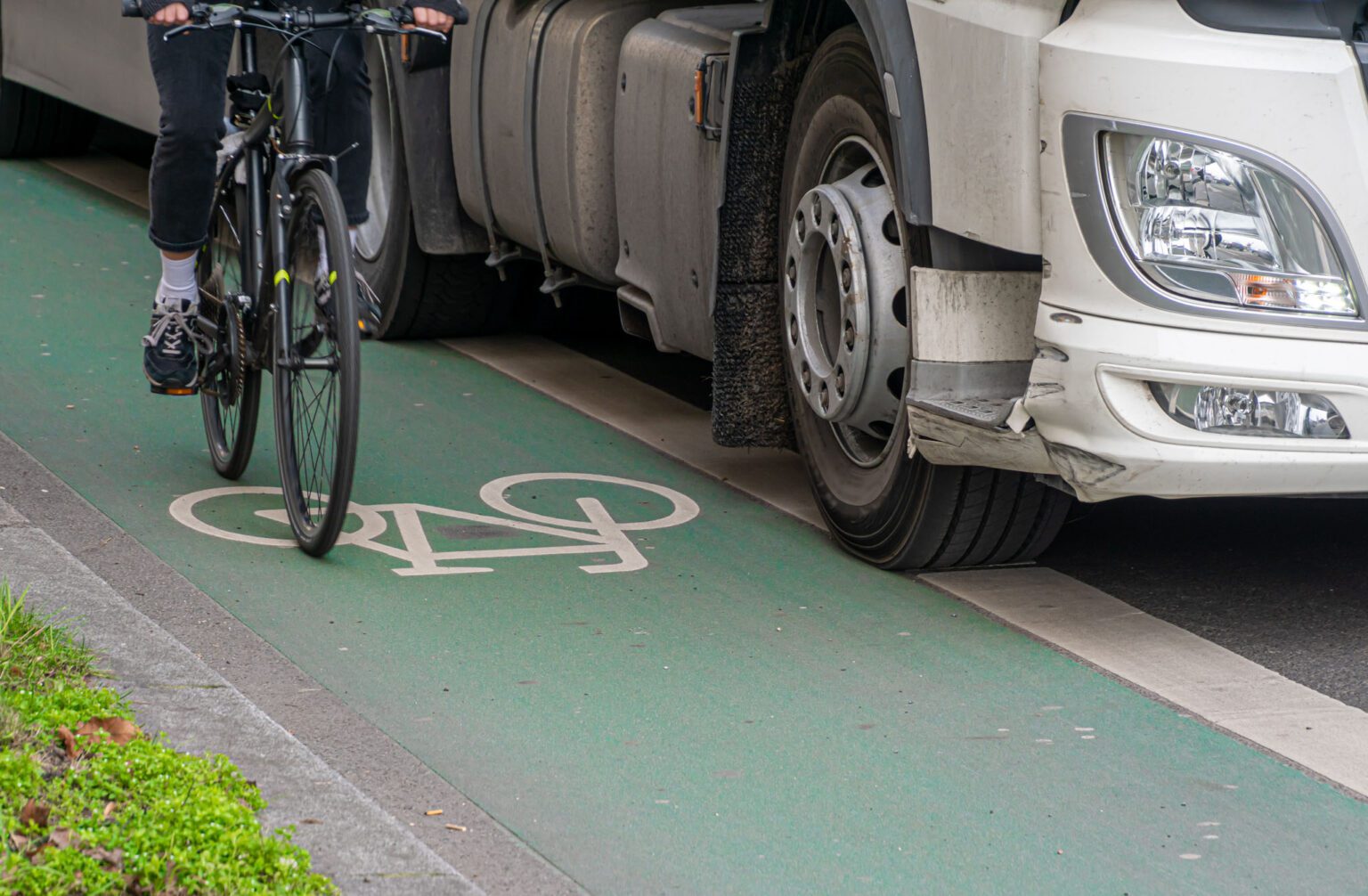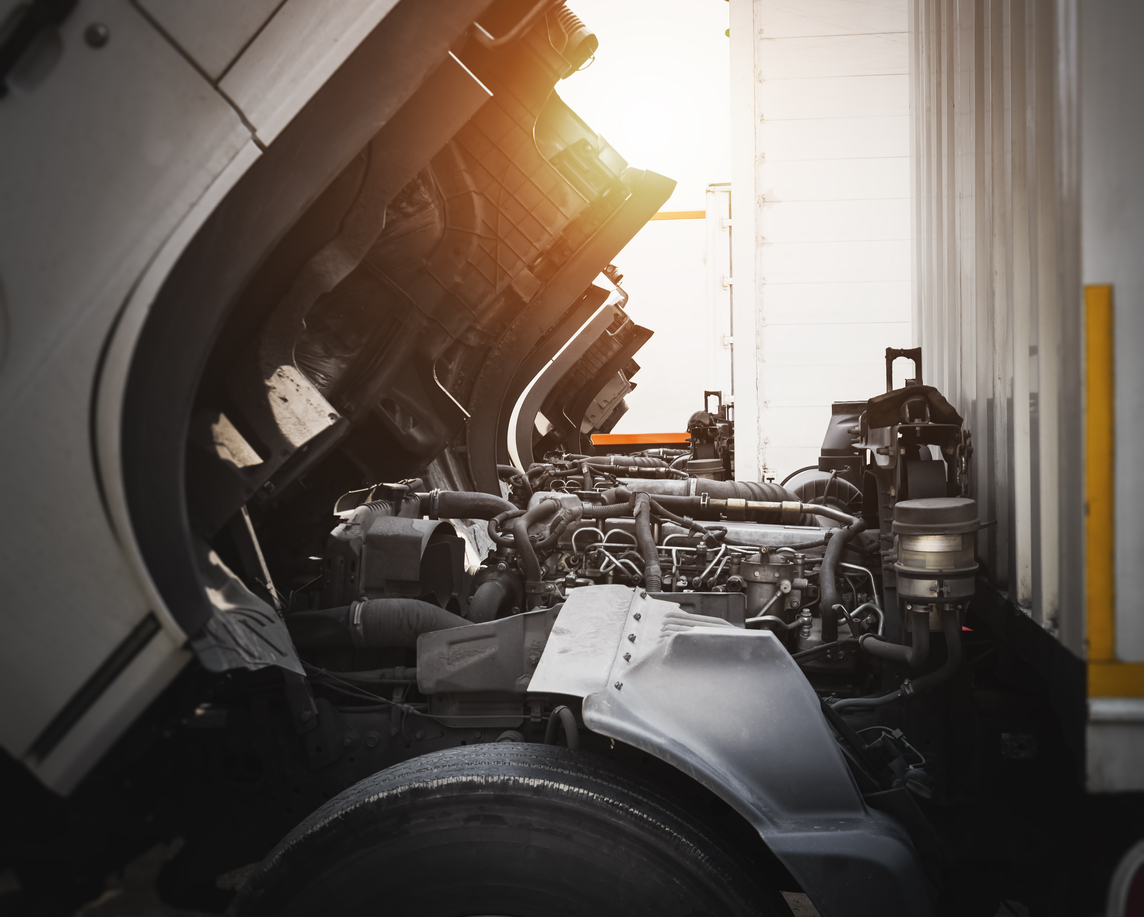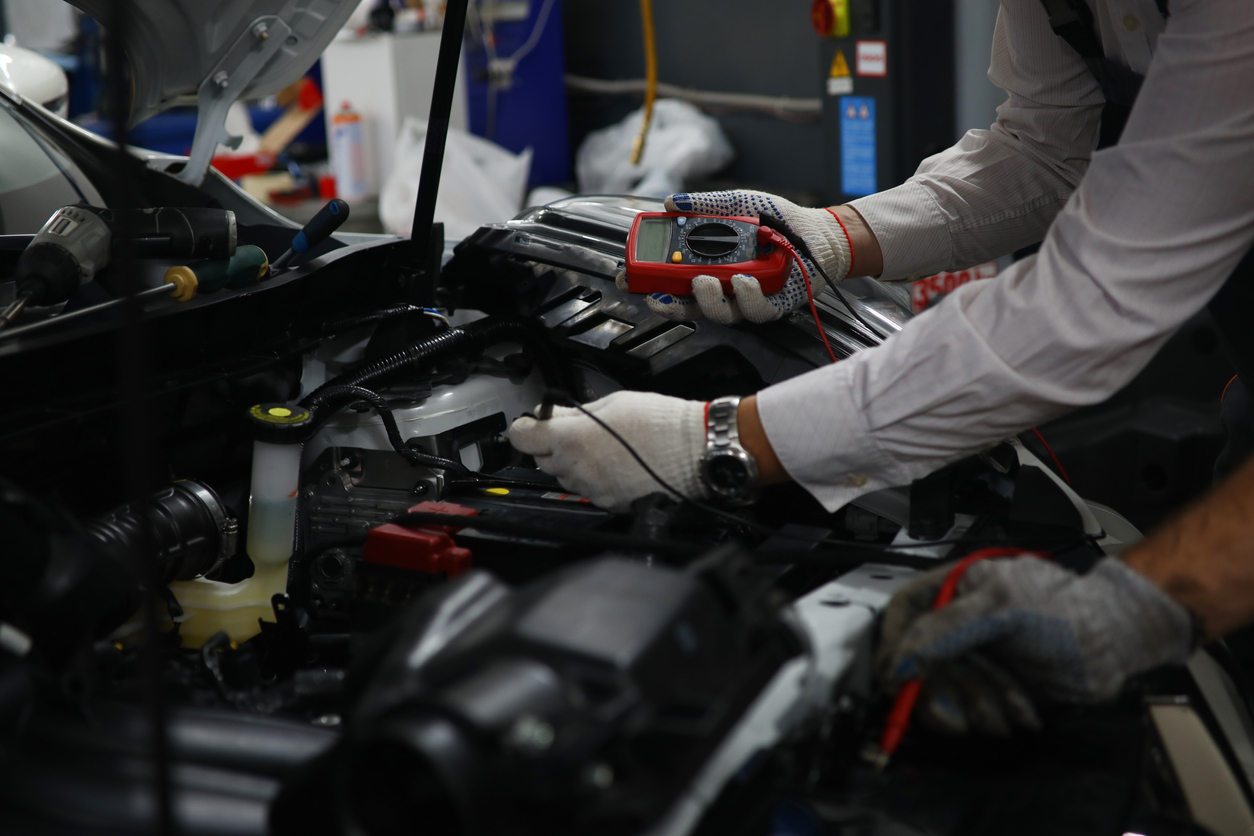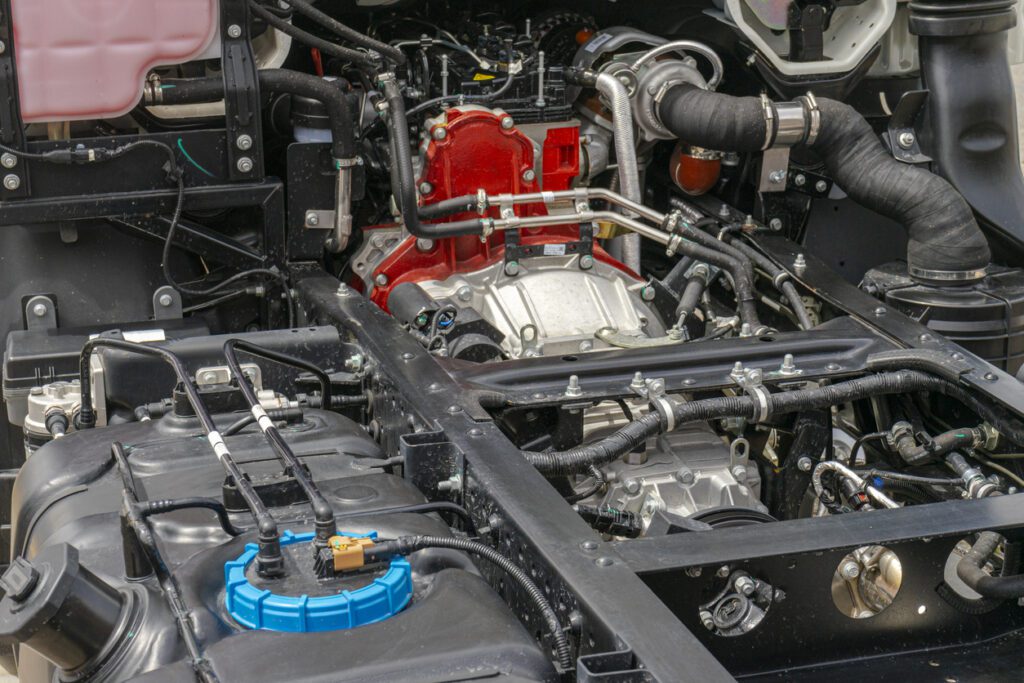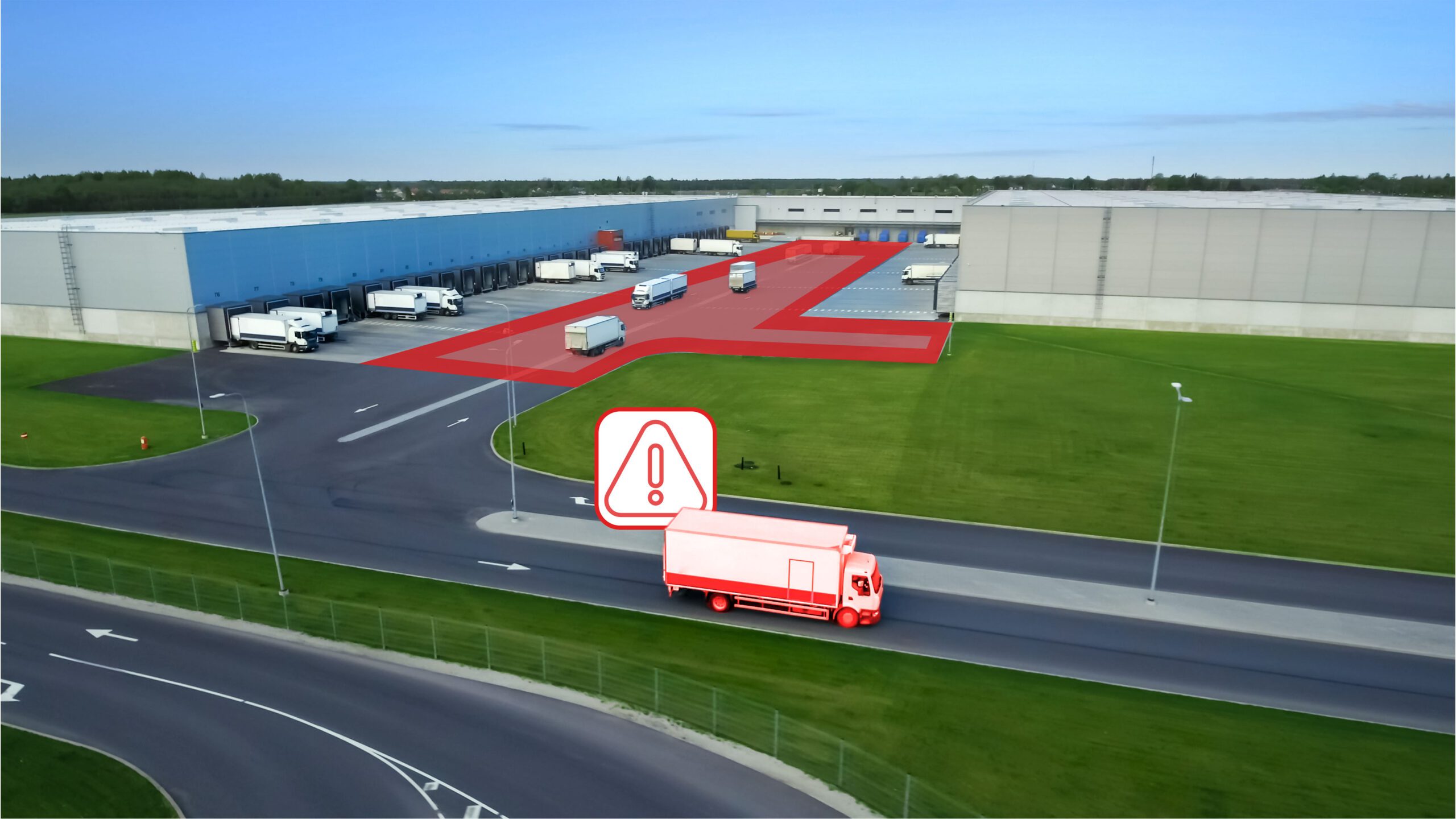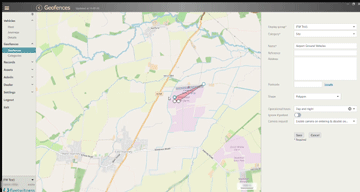Is Now the Right Time to Electrify Your Business Fleet? Maybe Not.
In recent times, there’s been a global drive towards sustainability and cutting down on carbon emissions. Governments around the world have been encouraging businesses to make the switch to zero-emission vehicles. However, recent decisions, such as Rishi Sunak’s move to extend the deadline for transitioning to zero-emission cars and vans to 2035, bring into question whether now is the best time for businesses to make the leap into electrifying their fleets.
Infrastructure Challenges
One of the key hurdles for businesses contemplating the shift to electric vehicles is the insufficient charging infrastructure. While progress has been made, many areas still lack the necessary charging stations to support a large-scale transition to electric fleets. Relying on a limited charging network can result in operational setbacks and increased downtime, impacting overall productivity.
Technological Advancements
The electric vehicle market is evolving rapidly, with ongoing developments in battery technology and vehicle efficiency. Holding off for a few more years allows businesses to take advantage of more mature and advanced electric vehicle models. Delaying the transition offers an opportunity to adopt cutting-edge technologies that may not be available in the current market.
High Initial Costs
The upfront cost of electric vehicles (EVs) remains a significant obstacle for many businesses. While the overall cost of ownership throughout the vehicle’s lifespan may be lower due to reduced fuel and maintenance expenses, the initial investment required can be a deterrent. Waiting for prices to decrease as technology improves and economies of scale come into play could lead to a more cost-effective transition.
Limited Model Options
The current electric vehicle market provides a limited selection of models compared to traditional combustion engine vehicles. Businesses may find it difficult to replace specific types of vehicles in their fleet with electric alternatives. By postponing the transition, companies can benefit from a broader range of electric vehicle options, ensuring a better fit for their specific operational needs.
Concerns About Battery Technology
The longevity and environmental impact of batteries continue to be concerns for many businesses. As the industry continues to research and develop more sustainable and efficient battery technologies, waiting a few more years before electrifying the fleet may result in access to greener and more reliable energy storage solutions.
Final Thoughts
While the drive towards zero-emission vehicles is commendable, deciding to electrify a business fleet is a complex and multifaceted process. Rishi Sunak’s decision to extend the deadline for transitioning to zero-emission cars and vans to 2035 gives businesses an opportunity to carefully consider the current challenges and advantages. Waiting for improvements in charging infrastructure, technological advancements, cost reductions, increased model options, and more sustainable battery technologies may ultimately lead to a smoother and more cost-effective transition. Businesses aiming to balance environmental responsibility with practical operational considerations should weigh these factors carefully.
Want To Learn More?
If you aspire to enhance your fleet operations, give us a call or drop us an email, and together we can explore how our solutions can transform your business. Don’t miss out on the opportunity to optimise your fleet’s performance and maximise your success.
Contact us now and unlock a new era of efficiency and profitability for your company.





